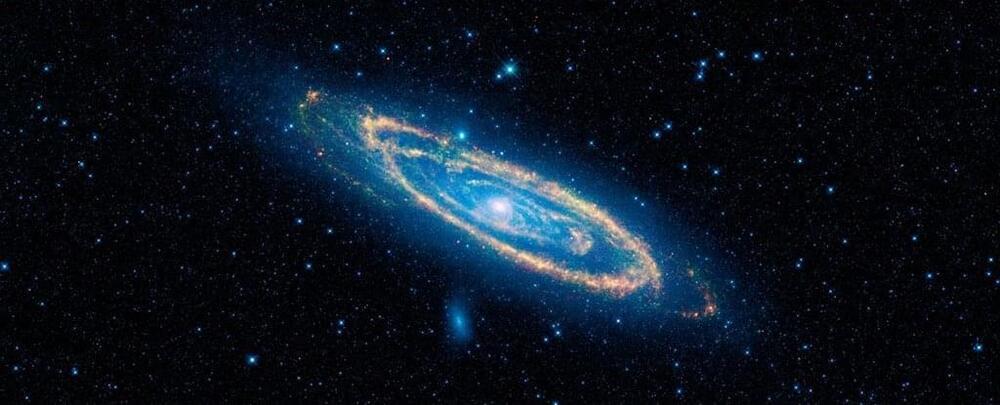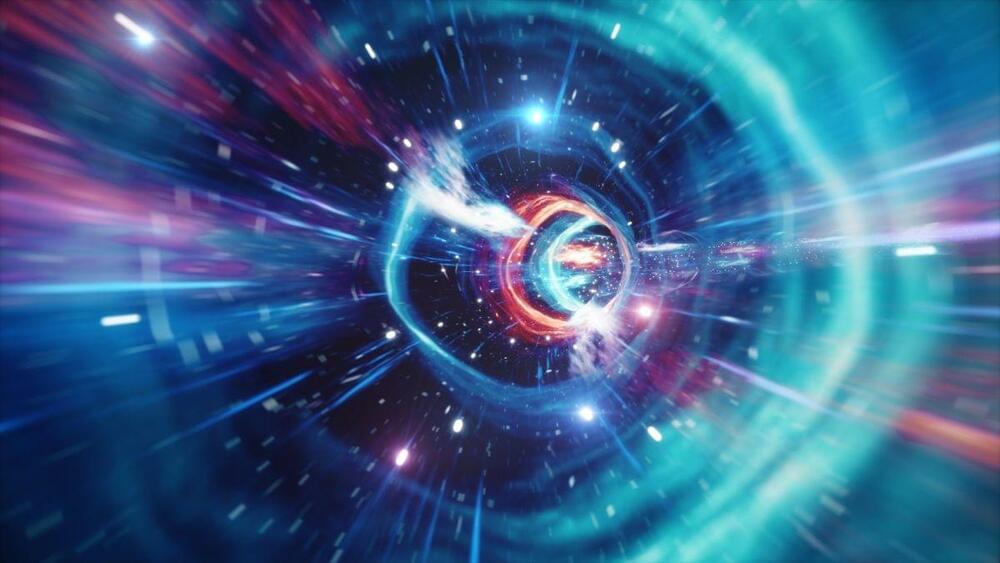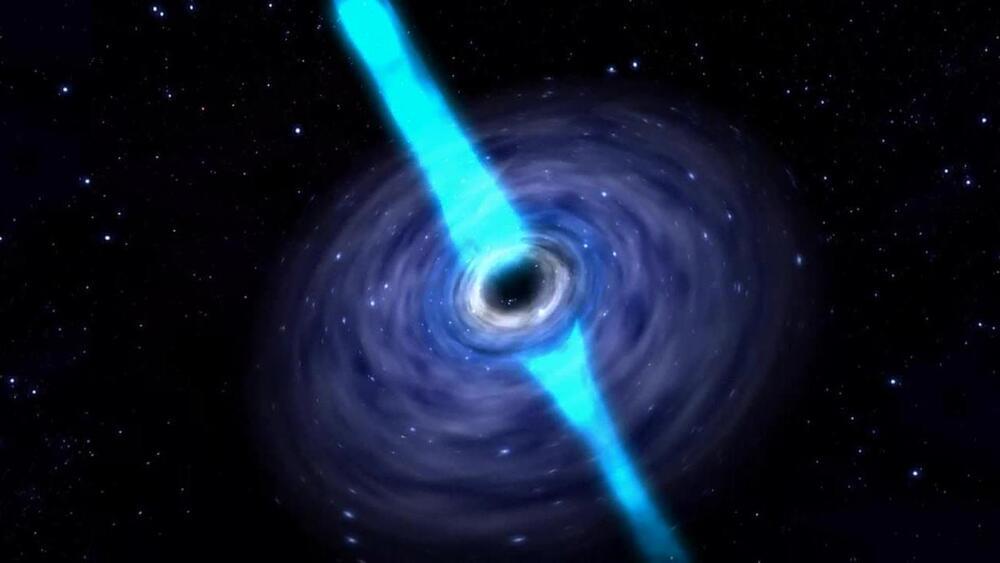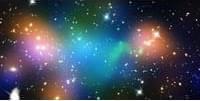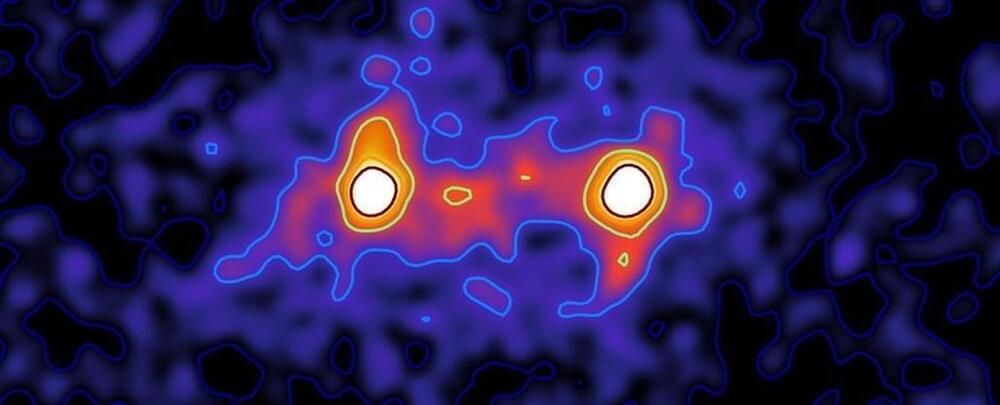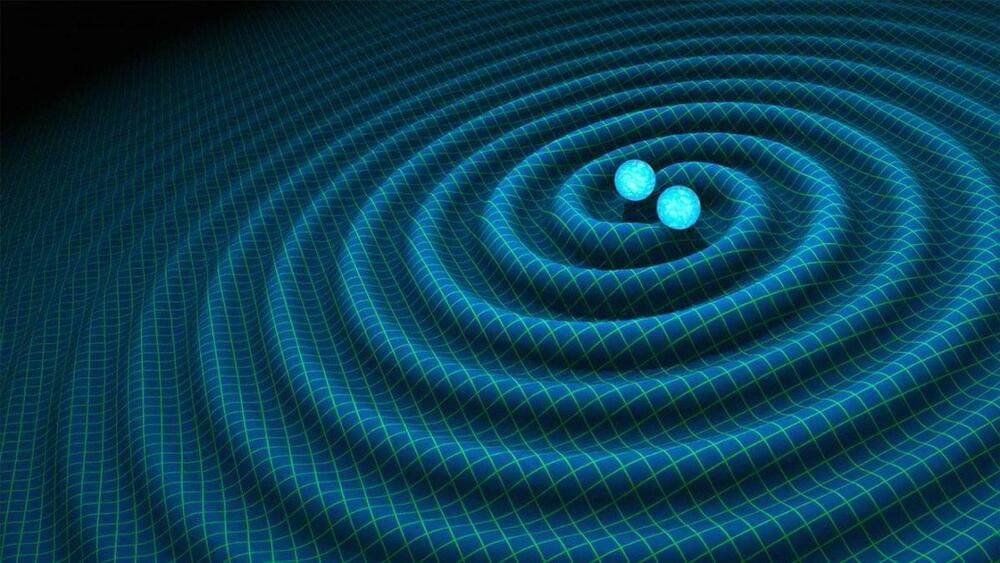O,.o circa 2014.
When we hear the term ‘parallel universe’, we often cite the classic science fiction picture of a parallel universe; something that acts as a mirror, where on one day, in this universe, you didn’t manage to have the guts to ask that girl out, but in the parallel universe, not only did ‘you’ ask her out, but a decade later, she became your wife. We all like to subscribe to such fascinating ideas, but for a while, it was relegated to the domain of sci-fi creators/fans. The real picture tells us something a lot more interesting.
AN INFINITE NUMBER OF ‘YOUS’;
The concept of parallel universes is an idea that arises from the multiverse theory, suggesting that our universe is one of many existing universes that, in a manner of speaking, lie parallel to each other. Max Tegmark, a professor at MIT (Massachusetts Institution Technology), has cleverly put out the idea that there are four distinct types of parallel universe. Building on this notion, Dr. Michio Kaku has suggested that if these ideas become reality, depending on which one of the four types of parallel universes that truly exist, there are virtual copies of you in another region of space. One interesting aspect of this to consider, which catches the attention of scientists and philosophers alike, is the issue of morality. How is this relevant? Well; to paraphrase Dr. Michio Kaku, “Why shouldn’t you do something that is considered to be morally wrong in this universe, if you can get away with it in an other?” As striking as that sounds, I wouldn’t get too ahead of the game just yet.
